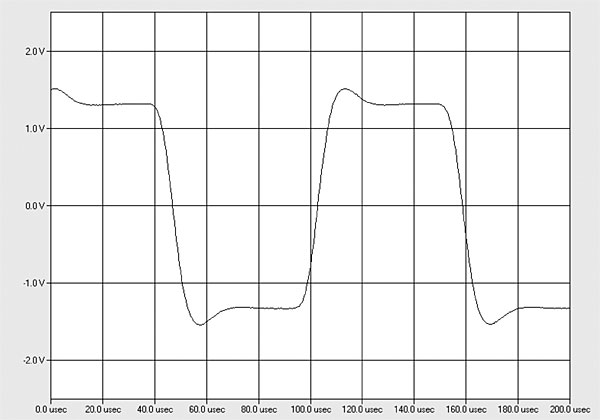.
You got to consider realistically and we have an entire thread on this on these forums. This amp costs a 1000-1200 to produce. Manufacturer needs profit, retailer needs profit, and these are where these skips occur. Just imagine on a 500 dollar node lol
Probably a lot of nodes are sold . No surprise that there are reports of failing units.
Its the same with Topping and SMSL.
The question is do you spend 4000 bucks on something made in Japan, the US or Germany that probably will not fail for years and will still be serviced because the manufacturer is still around or do you spend 500 dollar on something from a Chinese brands (and this is not a insult, racist or low quality talk) that might maybe fail after a few years and buy a new unit.
But more and more manufacturers are stuffing more things into smaller boxes with big LCD and oled screens .. I'm not surprised these units die more often.
Look at a NAD M10 or a Cambridge Evo.


